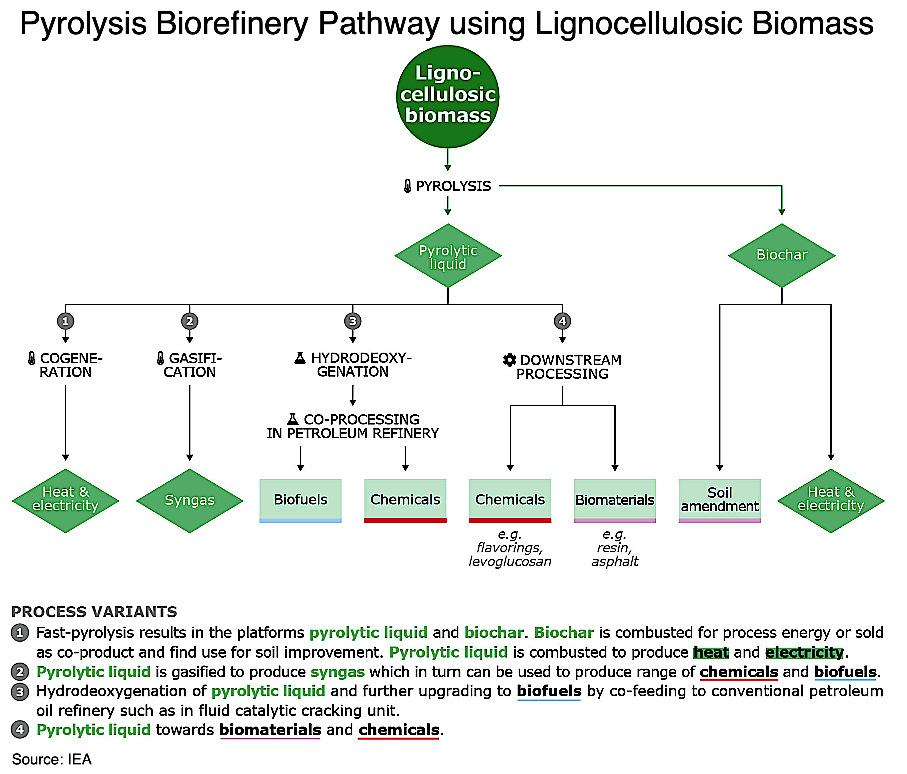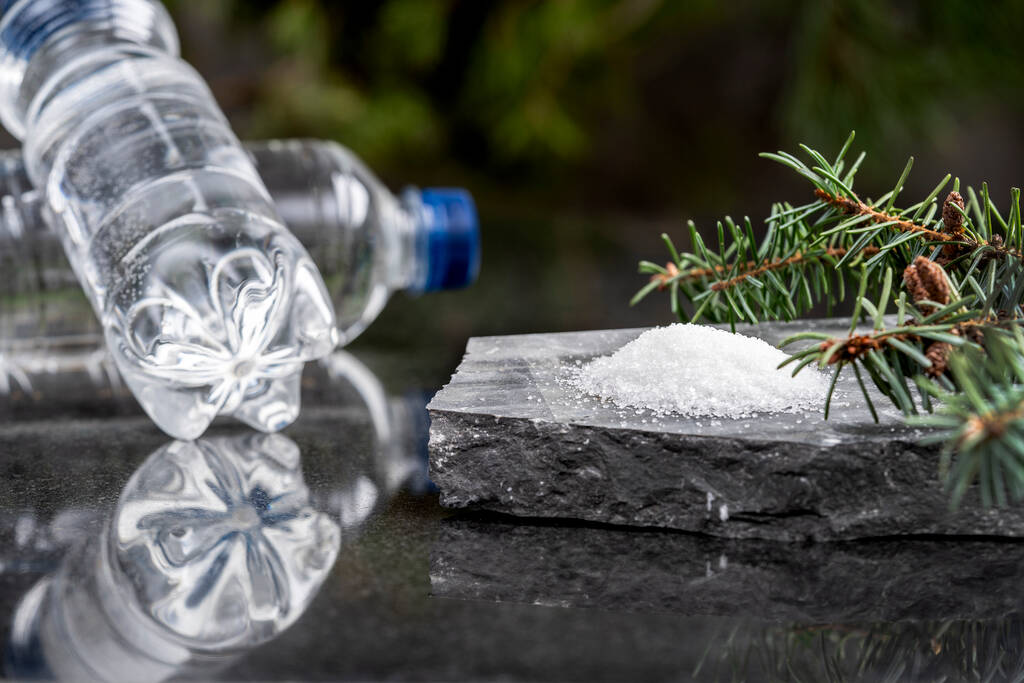Sorry for the lack of posting as this month is cray-cray! To make a small amend, I am sharing my Bio-Materials special report this month about several pyrolysis projects particularly using woody biomass and waste plastics. I’ve also interviewed Agilyx for this report which you can download on this link: https://www.orbichem.com/blog/pyrolysis-projects-on-a-hot-investment-streak
For a brief snapshot of some of these woody-biomass pyrolysis projects:
Pyrocell, which is jointly owned by sawdust supplier Setra and energy firm Preem, started up the Gävle plant which will produce around 25 ktpa of non-fossil pyrolysis oil, Sweden’s first pyrolysis oil plant for biofuel. The facility is located next to the Setra Kastet sawmill. The pyrolysis oil is then refined into renewable diesel and petrol at Preem’s refinery in Lysekil. Pyrocell was created in August 2018 based on the concept of producing bio-oil from sawdust. Sweden reportedly sells a total of 1.9 million litres of biofuel in 2018 but only 15% of these were domestically produced as the rest were imported from other countries. Biomass-based pyrolysis oil can qualify as an Annex IX Part A feedstock under the EU’s Renewable Energy Directive (RED II). Preem also announced last month that it has completed a commercial refinery trial with Honeywell for the co-processing of biomass-based pyrolysis oil in a fluidised catalytic cracking (FCC) unit. Using UOP’s proprietary bio-liquid feed system with Optimix GF Feed Distributor, pyrolysis oil was successfully co-processed in the FCC at Preem’s Lysekil refinery to produce partially renewable transportation fuel.
In Canada, Arbios Biotech however is looking to compete for its bio-oil compared to pyrolysis oil using Licella’s patented hydrothermal liquefaction (HTL) technology known as the catalytic hydrothermal reactor (Cat-HTR™ platform. Arbios Biotech is a JV between Canadian Forest Products (Canfor) and Licella Holdings Ltd. Arbios’ Cat-HTR™ technology uses water under high pressure and temperature to convert a range of biomass wastes and residues into bio-oil. The company recently decided to proceed with the development of a pioneer plant in Prince George, British Columbia, which will initially convert 25,000 dry tonnes of wood residue to 50,000 bbls/year of bio-oil in one processing line, and the facility is scheduled to start in the first half of 2023. According to Arbios, its Cat-HTR™ platform creates a more energy-dense bio-oil with a lower carbon footprint when compared to pyrolysis. Compared to oil from fast pyrolysis, Arbios noted that its bio-crude is less corrosive, easier to mix, more stable and transportable.
Speaking of woody biomass, don’t forget to attend our Forestry Feedstock workshop for those going to the Alternative Fuels and Chemicals Coalition (AFCC) In-Person Conference on Nov. 14-16 in Washington DC.
In this workshop, Tecnon OrbiChem will give an overview of current biorefinery platforms and plants and projects worldwide that use woody biomass and by-products of the pulp and paper industry to produce chemicals, plastics and materials. The Pine Chemicals Association will present an overview of a chemical sector that has long been a contributor in the advancement of a bioeconomy worldwide using forestry by-product materials. Green chemistry company P2 Science will highlight the opportunities and challenges of the supply of forestry-derived chemicals primarily through the turpentine value chain into the future. Forest2Market will outline historic drivers of forest products (lumber and solid wood, pulp & paper) relative to some new drivers including biomass power and export wood pellets, advanced biofuels, and biobased chemicals.





